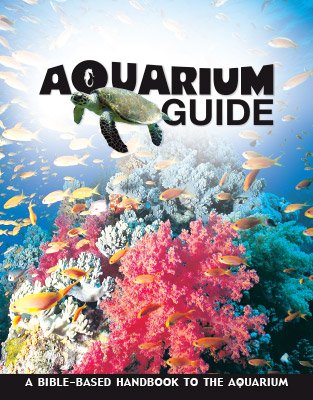Anhinga
James St. John, CC BY 2.0, via Wikimedia Commons
Created on Day 5
on June 27, 2012The anhinga’s neck, bill, and feet all help it catch prey.
Design

The anhinga’s neck, bill, and feet all help it catch prey. The neck can be bent back in an S-shape, and the powerful neck muscles, when tightened, enable the bird to thrust its head forward with great force, like a harpoon. The bill is straight, sharp, and pointed, in the form of a dagger.
Features
- The anhinga has a small head and a long, slender neck. It uses its long and serrated bill to spear fish. Its webbed feet help it swim.
- Males are black with greenish irridescence and adult females have a buffy neck and breast. Both sexes have silvery-white spots and streaks on wings and upper back.
Fun Facts
- The anhinga sheds its flight feathers all at once, which makes it unable to fly for a while. During this time, it is totally silent so it doesn’t reveal its location.
- The anhinga is also called water turkey, snake bird, or darter.
- It swims with only its head held out of the water.
- The anhinga’s feathers are not waterproof, so after spending some time in the water fishing, it comes out, perches on a rock or tree limb, and spreads its feathers to dry and warm in the sun.
CLASS: Aves (birds)
ORDER: Pelecaniformes (pelicans, tropicbirds, cormorants, and relatives)
FAMILY: Anhingidae (anhingas and darters)
GENUS/SPECIES: Anhinga anhinga
Size: Body 3.3 ft (1 m); wingspan 4 ft (1.2 m)
Weight: Average 3 lbs (1.4 kg)
Diet: Primarily fish
Habitat: Swamps, coastal bays, lakes, marshes, and lagoons with shrub and tree-covered lands in the southeast U.S., central America, and eastern South America
Aquarium Guide
This long-awaited Aquarium Guide includes beautiful pictures and reveals the incredible facts and design features that point to our amazing Creator.
Browse Kids Book- © 2025 Answers in Genesis
- Privacy Policy
- Contact
- About

